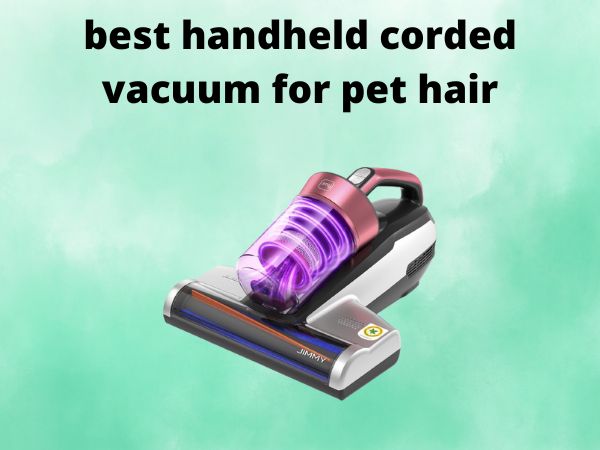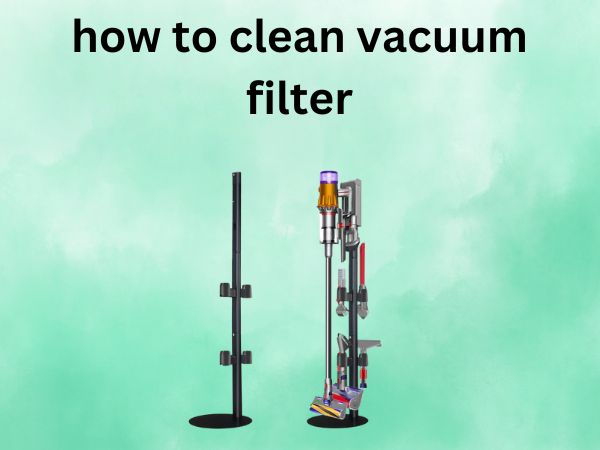How to Disassemble a Shark Rocket Vacuum [Full DIY Guide]
Do you have a Shark Rocket Vacuum that’s started to lose its suction power? Or maybe there’s a strange noise coming from within? Fear not! Just as a car occasionally needs a peek under the hood, so does your vacuum. Let’s dive into the art of disassembling your Shark Rocket Vacuum. Ready to roll up those sleeves? Let’s jump in!
Table of Contents
Necessary Tools for the Job
Before we dig in, gather your tools. Think of it as preparing for a baking session; you wouldn’t start without your spatula, right? Here’s what you’ll need:
- Phillips head screwdriver
- Flathead screwdriver
- Soft brush
- Clean cloth
- Replacement filters (if needed)
Basic Safety Precautions
Safety first! Before you get started, ensure the vacuum is unplugged. You don’t want an accidental switch-on to surprise you like finding a stray onion in your chocolate cake.
Understanding the Different Parts of the Shark Rocket Vacuum
Knowing your vacuum’s parts is like being familiar with the ingredients in a recipe. It helps ensure that nothing catches you off guard.
Nozzle
The nozzle is where the action happens, scooping up dirt and debris from your floors. It’s essential for optimal cleaning.
Dust Cup
Think of the dust cup as your vacuum’s stomach. It collects all the unwanted mess and is crucial for keeping your vacuum light and efficient.
Filters
Filters are akin to your vacuum’s lungs. They need to be clean to allow the device to “breathe” properly and maintain suction power.
Hose
The hose is the link, like a conveyor belt, that connects all primary components and ensures the passage of air and debris.
Step-by-Step Guide to Disassembling
Removing the Dust Cup
Start by pressing the dust cup release button. It’s as simple as unbuttoning a coat. Empty the cup into the trash.
Detaching the Nozzle
Locate the release buttons or levers near the nozzle. With gentle pressure, detach it. It’s like opening a familiar, well-loved book. Ensure to clean any clogs or debris.
Cleaning or Replacing the Filters
Remove the pre-motor and post-motor filters. They give your vacuum the endurance it needs, like a good pair of sunglasses. Wash them with warm, soapy water and let them dry completely. If they’re worn out, consider a replacement.
Detaching the Hose
Gently remove the hose by turning the connectors counter-clockwise. Ensure there are no clogs, using a long object to gently push out any stuck debris.
Extra Attention: Brush Roll
The brush roll, akin to a paint roller, needs love too. Clear any tangled hair or fibers for it to perform at its best.
Reassembling: Putting It All Together
With everything clean and unclogged, it’s time to reverse the process. Think of it as piecing together a jigsaw puzzle, where everything clicks into place:
- Ensure the filters are dry and securely in place.
- Attach the hose, ensuring tight, secure connections.
- Click the nozzle back, ensuring no gaps.
- Place the dust cup back.
Troubleshooting Common Issues
Encountered a hiccup? It happens to the best of us. Here are some quick fixes:
- Weak suction? Double-check the filters and hose for any clogs.
- Strange noises? Ensure everything is properly attached.
- Brush roll not spinning? Verify there’s no hair or debris tangled.
Conclusion
And there you have it! Disassembling and reassembling your Shark Rocket Vacuum might sound daunting at first, but with a bit of patience, you’ll find it’s as satisfying as completing a complex puzzle. Regular maintenance will ensure that your vacuum continues to perform like new. So, when the dust settles, you’ll know it’s clean, efficient, and ready to tackle any mess!
FAQs
How often should I clean the Shark Rocket Vacuum?
For optimal performance, aim to clean the filters and dust cup after every use. Perform a thorough disassembly and cleaning every 3 months.
Can I wash the filters with soap?
Yes, mild soap and warm water work perfectly. Just ensure they are completely dry before reassembling.
What should I do if the vacuum doesn’t turn on after reassembly?
Double-check all connections, ensure the vacuum is plugged in, and that there are no loose parts. If the problem persists, consider consulting customer support.
Why is my vacuum still clogged after cleaning it?
Ensure you’ve cleaned every part, including the hose. Persistent clogs could be internal and might require professional help.
Are there specific tools for brush roll maintenance?
A simple pair of scissors and a soft brush should do the trick. If problems persist, you might need a brush roll replacement.

![5 Best Cordless Vacuum Cleaners for Pet Hair [In 2026]](https://bathroomexplorer.com/wp-content/uploads/2025/06/best-cordless-shark-vacuum-for-pet-hair-1.jpg)

